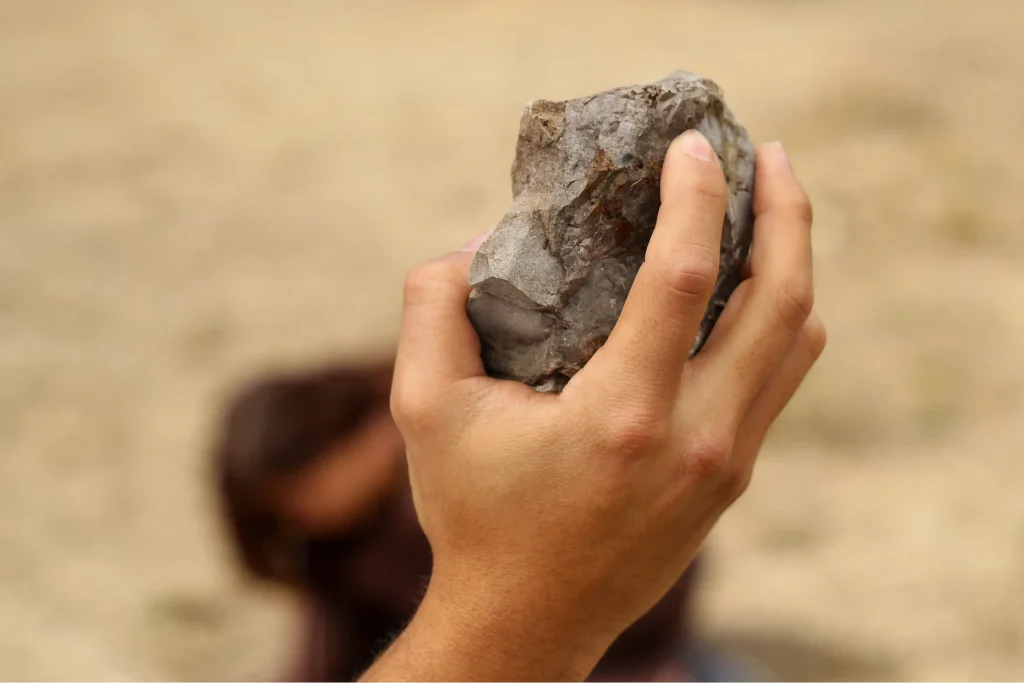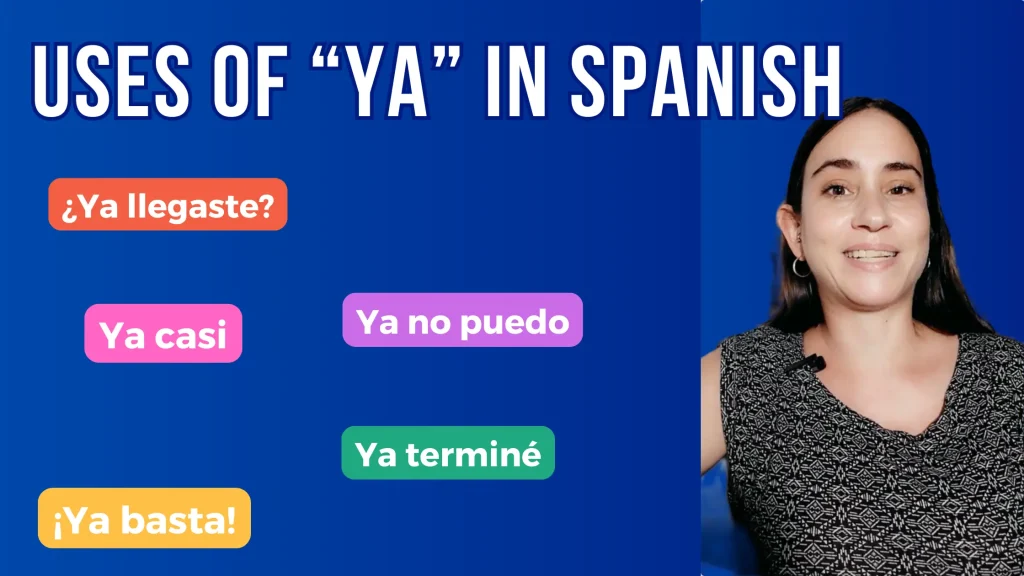In Spanish, the phrase tirar la piedra y esconder la mano describes someone who causes trouble or spreads gossip but avoids taking responsibility for it. Literally translated, it means “to throw the stone and hide the hand.” This refrán refers to a person who stirs up problems or blames others while pretending to be innocent.
In English, this expression is similar to sayings like “stirring the pot” or “throwing stones from a glass house,” which imply causing conflict while avoiding accountability. This refrán is often used in conversations to describe situations where people start trouble but don’t own up to it.
Example of “Tirar la Piedra y Esconder la Mano”
Imagine there’s someone who starts a rumor at work and then acts surprised when tension arises among colleagues. They won’t admit they spread the gossip but instead stay quiet, watching the drama unfold. In this case, you could say: “Él siempre tira la piedra y esconde la mano.”
Additional Examples in Context
- Family Gatherings: If someone in the family makes a snide comment to spark a debate but pretends they didn’t mean anything by it, you might say, “Siempre tira la piedra y esconde la mano en las reuniones familiares.” (They always stir things up and then act innocent at family gatherings.)
- Social Media: Sometimes people post controversial opinions online but delete them once arguments start. You could describe this as: “Ella tira la piedra y esconde la mano en las redes sociales.” (She throws the stone and hides her hand on social media.)
- School or Work Environment: If a person makes a complaint that creates conflict but denies involvement, you could say, “No es justo que tire la piedra y esconda la mano.” (It’s not fair to throw the stone and hide the hand.)
This refrán reminds us of the importance of accountability and how often people create conflict without wanting to accept the responsibility that comes with it. Knowing phrases like tirar la piedra y esconder la mano can help you express complex social dynamics in Spanish more effectively!





